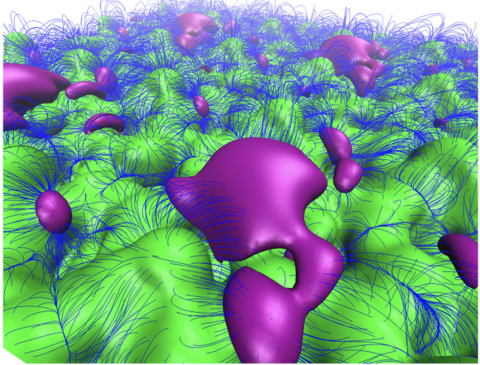
Nd3+ (LREE) adsorption is preferred on both muscovite and phlogopite micas compared to Yb3+ (HREE), highly unusual for layered aluminosilicates. The adsorption energies of REE cations are correlated to the substituent charge and local electrostatic potential variations in micas.
This research offers new fundamental knowledge about the role impurities found in natural ion adsorption minerals play in the interactions with REE and provides deep insights into controlling REE separations by solid adsorbents.
- Using natural substituents with charges lower than Al increases the Lewis basicity of the lone electron pairs on the adjacent O atoms and increases the adsorption energy of REE cations, whether at the interface or buried within the mineral layers.
- Using electron-withdrawing substituents to enhance Lewis basicity can provide insight toward better control of REE cation adsorption by layered adsorbent platforms.
Lacount, M. D., Prozorov, T., Kathmann, S. M. "Rare Earth Selectivity and Electric Potentials at Mica Interfaces." ACS Appl. Mater. Interfaces 2025, 17, 4, 7036–7042. https://doi.org/10.1021/acsami.4c13262
Research was performed at Pacific Northwest National Laboratory and Ames National Laboratory. This research utilized resources at the National Energy Research Scientific Computing Center (NERSC).
